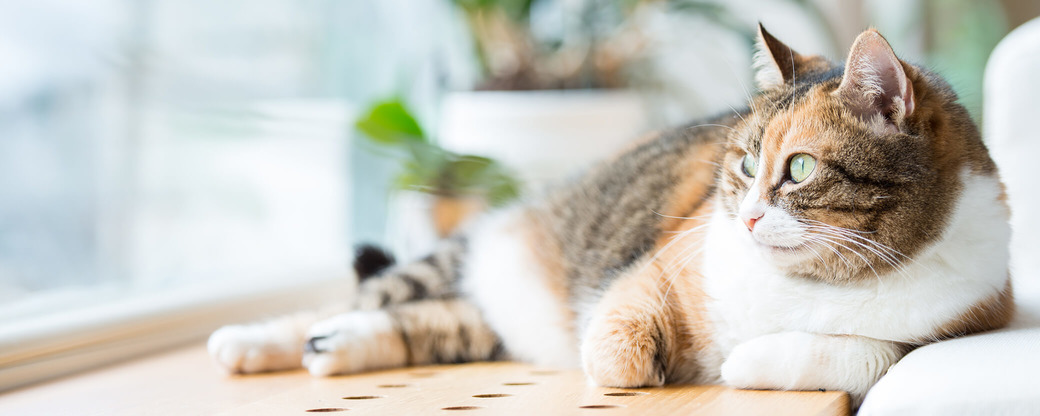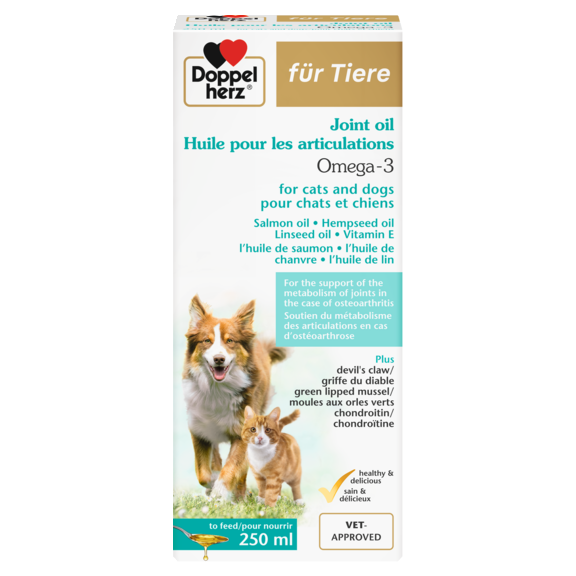The cause of spondylosis is that the soft tissues of the spine (ligaments and intervertebral discs) lose their elasticity and thus the buffer function of the intervertebral disc as a "shock absorber". The organism tries to take over this task by forming bony outgrowths to protect the spine. These growths start on the underside of the vertebrae and continue over the sides until they eventually form bone
bridges connecting several vertebrae. What began as a protection against pain thus ends in the stiffening of the spine.
Spondylosis progresses in episodes. Phases in which the cat is well alternate with phases in which it is impaired and in pain. Spondylosis cannot be cured, the stiffness cannot be reversed. But the pain can be treated and thus relieved. Besides painkillers, physiotherapy can also be helpful for the cat.
She should also be able to reach her favourite places without jumping (possibly via a ramp) and will enjoy warmth. Perhaps place her cushion by the radiator or fireplace. Your cat will thank you.
Prevention of spondylosis
A species-appropriate, balanced and joint-promoting diet and exercise are important for every cat. Please also pay attention to the weight of your cat. Excess weight damages the joints and can be the cause of many diseases of the musculoskeletal system. Therefore, your cat should exercise regularly - especially if it lives indoors and is not an outdoor cat.
If you like, massage your cat's back from time to time. Your cat will love it when you spend so much time with him - and at the same time it relaxes his back muscles. You can support this effect even more with heat. If you have a red light lamp, simply use it. These irradiations can also help to prevent tension in the back area.
When you visit the vet for regular check-ups, you can have the spine ×-rayed. The earlier the first signs of spondylosis are detected, the sooner you can start treatment or switch to a joint-active diet. To support the musculoskeletal system and joint processes, special supplementary feeds with high doses of ingredients such as omega-3 fatty acids, vitamin E, green-lipped mussel, rosehip, chondroitin and glucosamine can be given at any age. These stimulate, for example, the metabolism of the joint cartilage and thus support the elasticity of the intervertebral discs.

